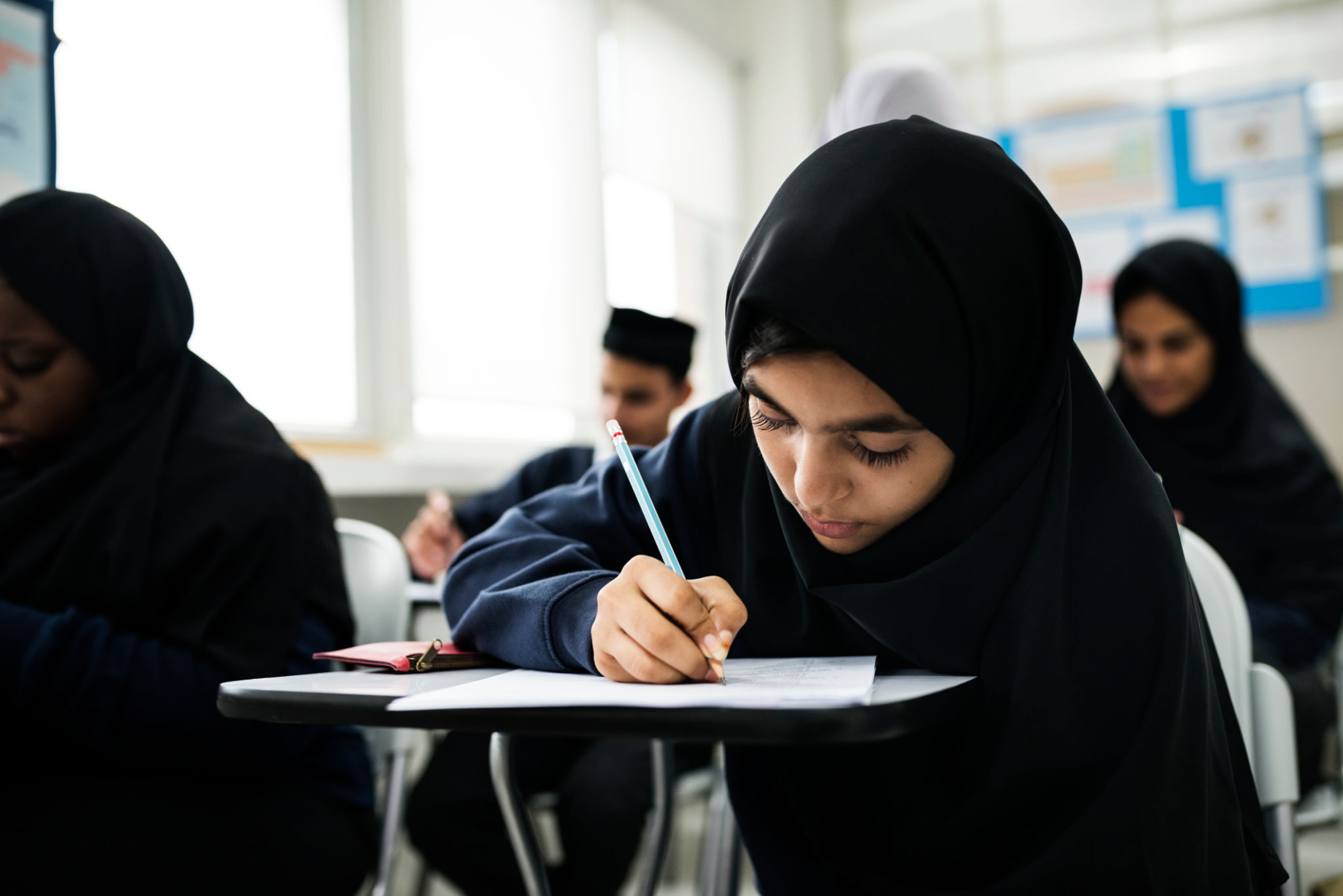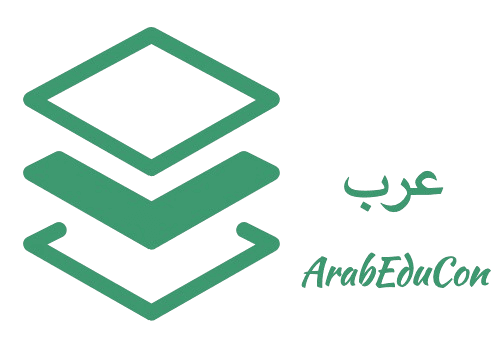How Arabic Language Development is Shaping Education in the Middle East
NI
Introduction to Arabic Language Development
The Arabic language, with its rich history and cultural significance, is at the forefront of educational transformation in the Middle East. As societies in this region strive for modernization while preserving their unique identities, the role of Arabic in education becomes increasingly pivotal. This evolution is not just about maintaining tradition; it's about fostering a new generation capable of thriving in a globalized world.
Revitalizing Arabic in Modern Education
Historically, Arabic has been integral to the identity of the Middle East. However, in recent decades, there has been a push to enhance its role in education systems. By integrating modern teaching methods and technology, educators are working to make Arabic more accessible and engaging for students. This effort is crucial for ensuring that the language remains relevant and vibrant.

Technological Integration
The integration of technology into Arabic language education is a significant development. Digital tools such as language learning apps, online courses, and interactive platforms are making it easier for students to learn and practice Arabic. These technologies are not only improving proficiency but also making the language more appealing to younger generations.
Curriculum Development
The development of curricula that balance traditional content with modern skills is another critical factor. Schools are increasingly offering programs that blend classical Arabic literature with contemporary materials. This approach helps students appreciate the depth of their linguistic heritage while equipping them with skills necessary for modern communication.

Arabic and Global Competency
As the Middle East becomes more interconnected with the global economy, proficiency in Arabic is becoming an asset beyond regional borders. Many international businesses recognize the importance of Arabic-speaking professionals. Consequently, educational institutions are emphasizing bilingualism, encouraging students to master both Arabic and English, among other languages.
Challenges and Opportunities
While there are numerous opportunities in the development of Arabic language education, challenges remain. These include overcoming outdated teaching methods, addressing regional dialect diversity, and ensuring equal access to quality education. However, these challenges also present opportunities for innovation and collaboration among educators, policymakers, and technology developers.

The Role of Government and Policy
Governments across the Middle East are playing a crucial role in shaping Arabic language education. Through policy reforms and investments in educational infrastructure, they are supporting initiatives that aim to enhance language proficiency and cultural appreciation. These efforts are essential for building an educated workforce ready to tackle future challenges.
Conclusion
The development of the Arabic language in education is a dynamic process with far-reaching implications. By embracing modern techniques and technologies while respecting tradition, the Middle East is setting a precedent for how language can shape educational outcomes. This evolution not only benefits individual learners but also strengthens cultural identity and economic potential across the region.
